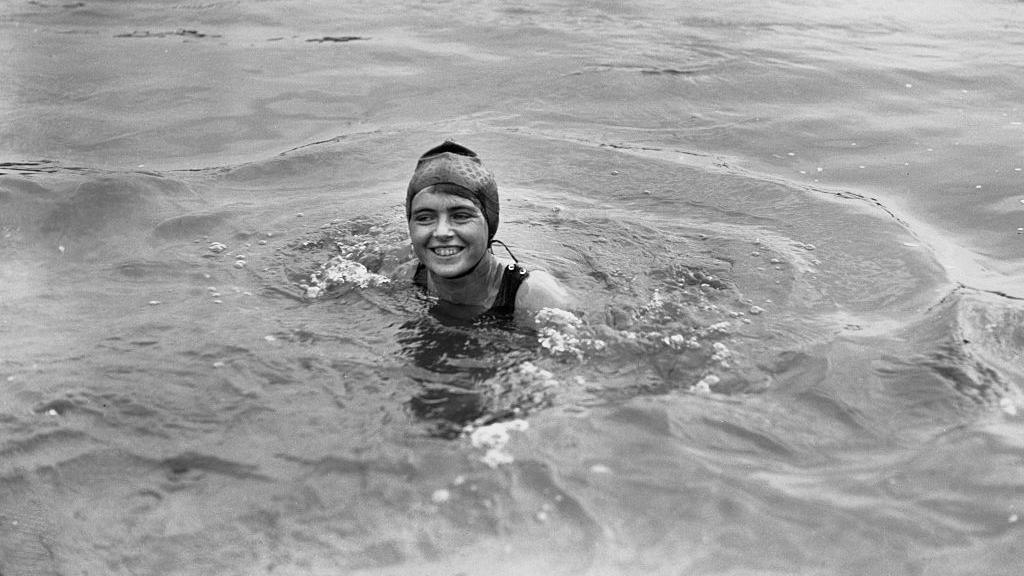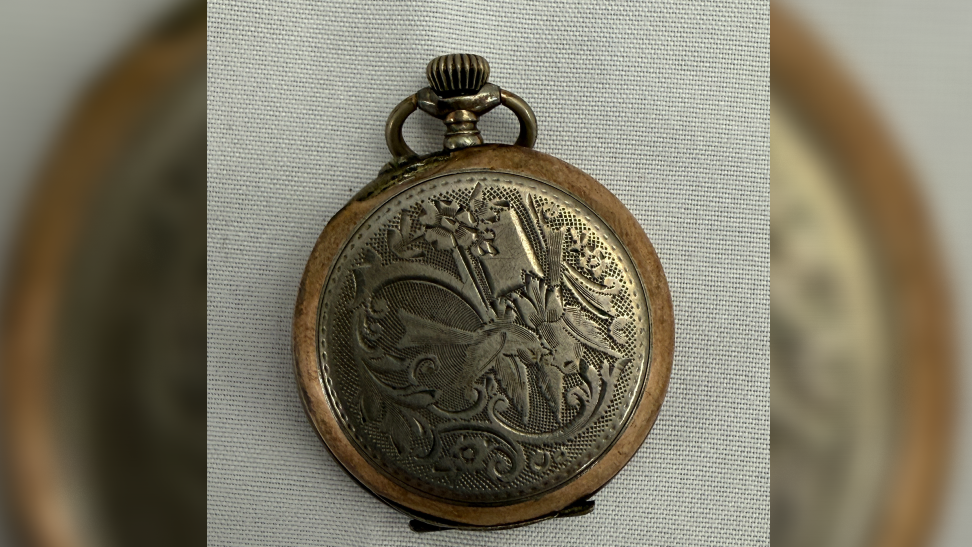Rolex worn on Channel swim could fetch up to £1m

Rolex used the swim to test their Oyster watch's waterproof capabilities
- Published
The watch worn by the first British woman to swim the English Channel on an unsuccessful subsequent crossing is expected to sell for over £900,000.
Mercedes Gleitze wore the Rolex Oyster on an attempt to reach France in 1927, which was abandoned after 10 hours due to poor conditions.
Auction house Sotheby's will sell the watch in Geneva in November - 25 years after a descendant of Gleitze sold it for £17,037.
Gleitze successfully swam the channel in 15 hours and 15 minutes on 7 October, 1927 - her eighth formal attempt.

Gleitze abandoned the "vindication swim" due to extreme cold
The later "vindication swim" was organised two weeks later after hoax allegations questioning the legitimacy of the record.
Rolex used the opportunity to test the newly patented waterproof Oyster by having Gleitze wear it during the swim, and used the publicity to launch the timepiece as "the greatest triumph in watchmaking".
Sotheby's global chairman of watches, Sam Hines, said the event "laid the foundation for what would become a legacy of tool watches built for real-world performance".
"The Oyster was instrumental in the transition from pocket to wristwatches and the Mercedes Gleitze played an important role in this transition," he said.
Watch: The untold story of Mercedes Gleitze, the first British woman to swim the English Channel
Gleitze, who spent her childhood in Brighton, became a long-distance swimmer while working as a bilingual secretary in Westminster in the 1920s.
In the same year as her English Channel swim, she also became the first person to swim the Straits of Gibraltar.
A film about her exploits called Vindication Swim was released in 2024.
Additional reporting by PA Media
Follow BBC Kent on Facebook, external, on X, external, and on Instagram, external. Send your story ideas to southeasttoday@bbc.co.uk, external or WhatsApp us on 08081 002250.
Related topics
- Published9 March 2024

- Published18 April
